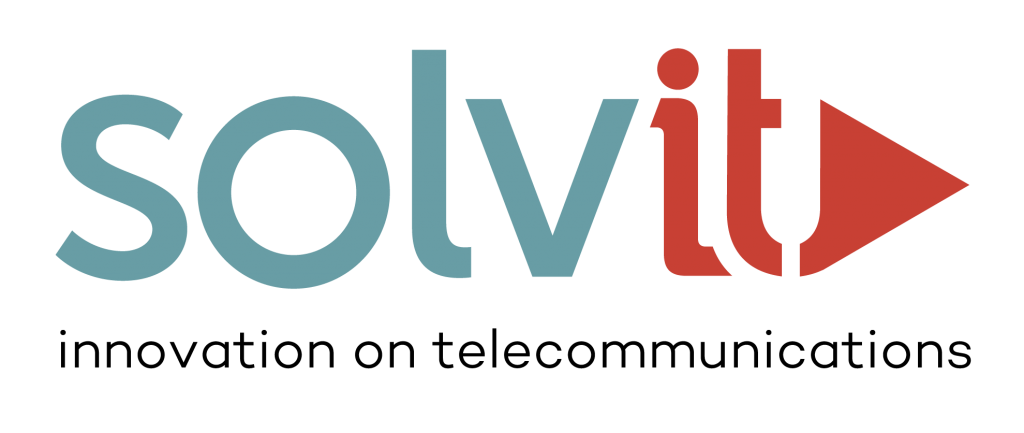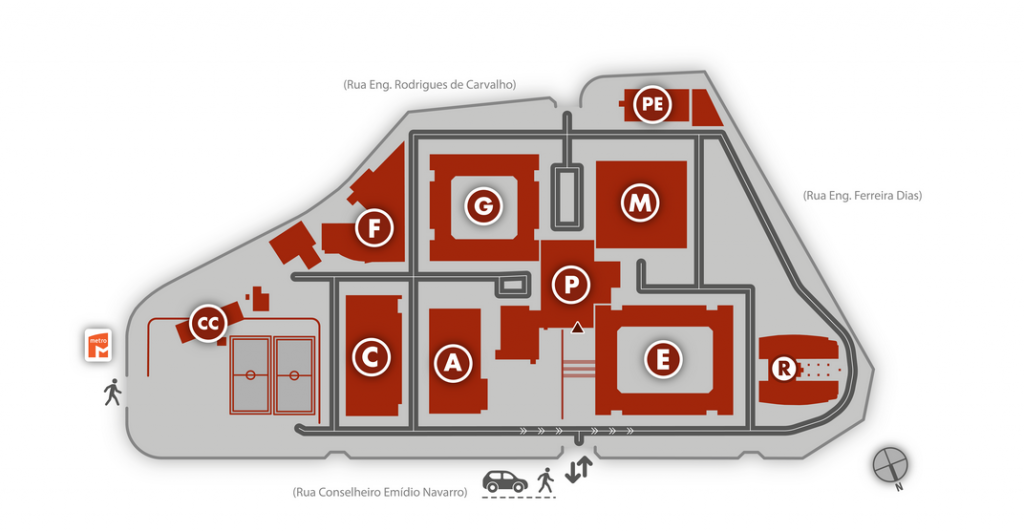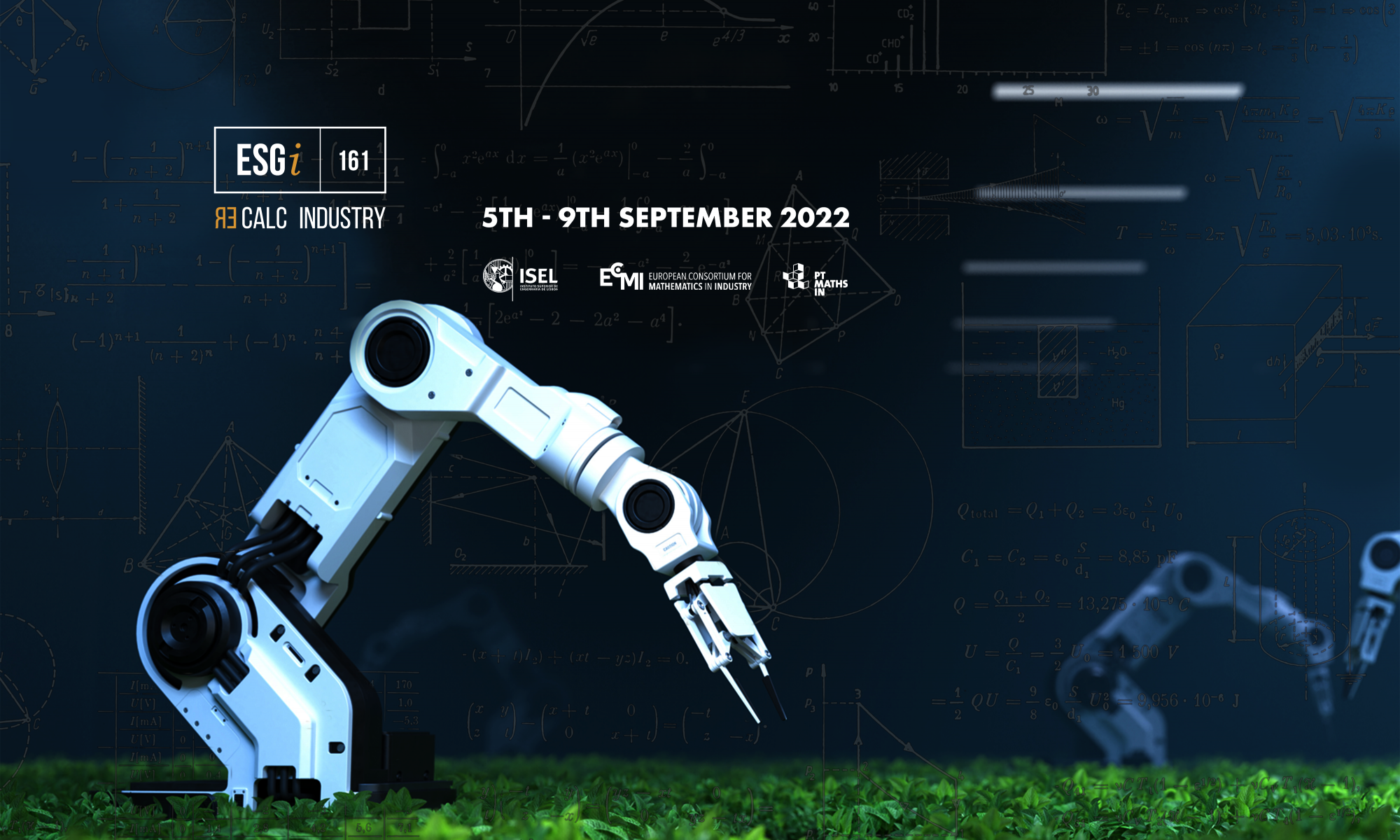Challenges
Challenge 1: TECMIC – Fleet management and scheduling

Tecmic provides solutions for smart command, control and management of teams, operations and resources, namely on fleet management. Planning and scheduling attribution of tasks/services for the collaborators is of utmost importance for a company such as a public transport service. The challenge is to develop an algorithm that returns the employees’ work schedules for a given period of time, taking into account employees’ skills, service requirements, daily work schedule and availability of employees during this period. This algorithm should return alternatively: i) a schedule that minimizes the downtime of employees and the number/time of interruptions between services; ii) the minimum number of employees needed to accomplish all the planned tasks; iii) an equitable distribution of services by the employees. In a second step, this algorithm should be adapted and used to produce a map of allocations of vehicles to services. This map should respect, on one hand, the characteristics of the available vehicles and, on the other hand, the characteristics of the services. In this step, the main goal is to minimize: i) the number of daily vehicle changes per employee; ii) the downtime between services and iii) the number of vehicles required to fulfil the services.
Challenge 2: Solvit – Optimal site positioning

Solvit is an engineering company that implements and develop projects on Information and Communications Technology. Providing and maintaining a stable signal coverage along a railway track is one of Solvit’s main tasks and in order to accomplish that several antenna sites must be installed. The challenge is to find the smallest number of sites and their optimal positions, guaranteeing a minimum level of signal along the track. Whenever possible, sites are located at specific spots, such as train stations. The signal level is affected by the environment, thus one must take into account some restrictions for the positioning of the sites, such as topography and the presence of water in the vicinity of the track.
Challenge 3: Wikiservice – Water pressure system reliability

A hydropressor system is used to pressurize water for human consumption, where gravity alone is not enough to overcome considerable distances and operating pressure and flow requirements. Such systems can be composed of several electric pumps, the most common are composed of two, three or four. Its operating mode is defined by the manufacturer, in alternation and, if necessary, in booster mode. The study may focus on a hydropressor system with two electric pumps, however it would be an additional objective to study the problem for a larger number. These booster systems have several failure modes (FM) as they are composed by several parts, however, we want to focus only on evaluating the reliability of the electric pumps. Two failure modes can be considered (two distinct probability density functions) in which each FM assumes a weight of 55{381bc1e2d5852f9061625607ba14e1442309d38331c8c236d0997e767b5a18ed} and 45{381bc1e2d5852f9061625607ba14e1442309d38331c8c236d0997e767b5a18ed} respectively. Taking into account its failure behavior due to the two concurrent MDFs, it is necessary to know which equivalent function best describes such failure behavior. Since the electric pumps are identical (equal reliability) and both have similar operating times and number of starts, in case one of them fails, it can be concluded that the other is probably also on the verge of failing – system failure. Taking into account the alternation regime, it is intended to know the optimal economic proportion of operating times of the “duty pump” + “stand-by pump” pair in order to maximize the reliability of the system.
Programme
| ESGI161 | Monday September 5th |
Tuesday September 6th |
Wednesday September 7th |
Thursday September 8th |
Friday September 9th |
|---|---|---|---|---|---|
| 9:00 10:30 | Opening Session and Problem Presentation | Working on Problems | Working on Problems | Working on Problems | Final Presentations |
| 10:30 11:00 | Coffee break | Coffee break | Coffee break | Coffee break | Coffee break |
| 11:00 12:30 | Problem Presentation | Working on Problems | Working on Problems | Working on Problems | Final Presentations |
| 12:30 14:00 | Lunch | Lunch | Lunch | Lunch | Lunch |
| 14:00 15:30 | Working on Problems | Working on Problems | Working on Problems | Working on Problems | |
| 15:30 16:00 | Coffee break | Coffee break | Coffee break | Coffee break | |
| 16:00 17:30 | Working on Problems | Working on Problems | Working on Problems | Working on Problems | |
| 17:30 18:30 | Welcome reception | Progress Report | Progress Report | Working on Presentations | |
| 18:30 19:30 | |||||
| 19:30 21:30 | Dinner |
Venue
The 161th European Study Group with Industry will take place from September 5th to September 9th 2022 at the third floor of Building C of Instituto Superior de Engenharia de Lisboa (ISEL) of the Instituto Politécnico de Lisboa (IPL).
Campus

Rooms
- Opening Session & Problem Presentations & Final Presentations – Auditorium C
- Working on Problems – classrooms C.3.14, C.3.15 e C.3.16
- Progress Report – Auditorium C
- Coffee-break – C.3.07
- Lunch – Canteen (Building P)
Travel Information
- By Subway: Red line (Linha do Oriente): Chelas subway station
- By Bus (CARRIS): nº718, 749, 755, 759, 794: ISEL station.
More info at https://www.isel.pt/o-isel/isel/onde-estamos
Accomodation
We suggest you to look for accommodation in Lisbon.
It is also possible for participants in the event, if available at the moment, to stay at accomodation of ISEL. To check availability, prices and reservations, please contact the local organization, sending an email to: esgi@isel.pt
